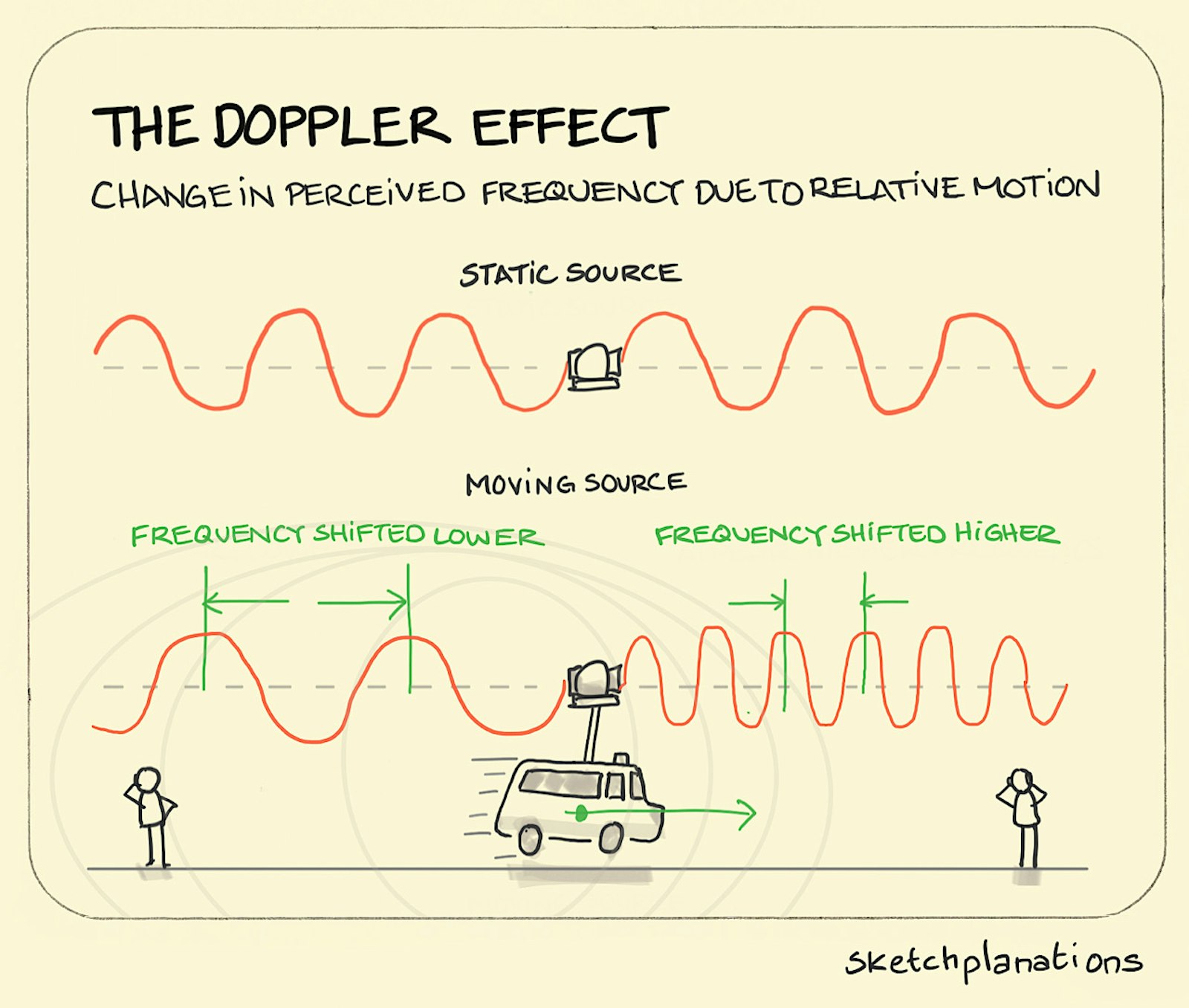
The Writer's in the Writing. The Artist's in the Art.
Every creation is a mirror, reflecting something of its creator. If you and I were to paint the same subject, your painting would reflect some of you, and mine would reflect some of me. If we both write stories, each one will carry something of ourselves—our personality, our experiences.
The writer is in the writing. The artist is in the art. The musician's in the music.
Take writing as an example. If we're writing authentically, we can't help but share a bit of ourselves in our work. Our past experiences affect what we notice. Our timidity or confidence is reflected in the tone and style. Our education in the choice of words. Our kindness and patience, or cynicism and frustration, is revealed to the reader. And the choice of what you write or paint reflects you.
Not if we're trying too hard. Not if we're writing to sound like a writer or if we're adopting a "literary" style because we think that's how it should be done. And not if we focus more on pleasing a search engine or ticking off marketing goals than connecting with readers. But if we write honestly and directly, the writer shows through.
The Third Dimension
This phrasing hit me while reading Brenda Ueland's book If You Want to Write. She calls the writer the Third Dimension. I believe she means that when you read a book, there are the characters, the reader, and also, inescapably, the writer's personality. She writes that readers can tell when writing isn't authentic, when it's not really you, but instead, a performance to meet someone else's expectations of how one should write—or perhaps a creation of an AI's sycophantic personality.
The presence of the writer in the writing, or the artist in the art, leads Ueland to say, "…I have come to think the only way to become a better writer is to become a better person."
I believe this principle also holds true across other creative disciplines, though I thought "the cook is in the cooking" didn't quite have the same ring. Still, it holds a ring of truth if I consider a musician and their music, an entrepreneur and their business, a podcaster and their podcast and others.
It's hard to write this without wondering what I'm sharing about myself (and what gets scrubbed out and cleansed by Grammarly proofreading). In Sketchplanations as a project, I've come to think that sooner or later, everything I know of value will be there. So, in some way, the whole thing reflects me. Shall we go for a beer?
Also see:
- How to speak plainly
- The first draft is always perfect
- The best writing is re-writing
- Short words are best
- Micro-editing redundant words
- Everyone's a geek about something
- Happy talk must die
- More sketches about writing — it always surprises me, for a designer and product developer, how many I have. 35 at last count.
Here are images for each alone in case you're more one than the other:
In addition to prints of this sketch, I added an individual print of the writer's in the writing and an individual print of the artist's in the art.



